You won’t be able to get any better with your gun if you don’t practice at the range. You won’t know if the ammo you reloaded is operative, if your scope is dialed in, or if you achieve the level of comfort, you desire with your firearm if you’re not using it. Target practice experience is gained only if you get out there and hole or ding up some targets.
If you’re a homesteader and you have a few acres of land and distant neighbors, you are pretty much covered, and you can shoot targets on your property whenever you feel like it. However, if you’re a city dweller, you probably won’t be able to shoot a few rounds in your backyard. In such a case, your best option would be to go to an indoor or outdoor shooting range.
Even so, these local ranges sometimes have high fees for gear and ammo, perhaps odd hours, and oftentimes draconian regulations. So what can you do to save some money and still get your training?
The best solution is to load your truck with everything needed and head for the hills, where you can make your own shooting range. To do things right and for your DIY range to be a successful experience, you will need a few things.
Where should you go?
When dealing with the 2nd Amendment, laws are different across this big country of ours. In ideal conditions, you could set up a shooting range pretty much anywhere it is safe to do so and where the noise of your firearms won’t be a nuisance to nearby people. However, in this day and time, more and more people are being freaked out by the sight of a gun, and they will grab the phone and call the local authorities.
To be on the safe side of things and to avoid putting yourself in a scenario with legal implications, it is best to improvise a shooting range as far from society as you can. If you do so, you will probably encounter only people with the same interests as yours.
Look for wide open areas or areas with a stretch of ground with a hill rising at the end. You will need to look for geographical features that would stop your lead if any bullets fly wild. You could be on public land, or you should get permission from the owner of the land. And lastly, use common sense and clean up after yourself. Once you are done shredding your targets, clean up, including your brass, and leave the land better than you found it.
What should you bring?
While you may be inclined to bring the minimum, like your guns and the ammunition, the goal is to make the day as enjoyable as possible, so you might want to consider bringing something extra.
Food and water: Since you will be out in the middle of nowhere, consider that not only do your handguns and rifles need feeding, but you also have to keep your body in perfect working condition. Staying fed and well-hydrated will help you stay focused on the main activity. If you’re not worrying about food and water, you will have better concentration, and you will focus on your training.
Don’t bring alcohol and leave it at home or at the bar where you can enjoy it after a day of shooting. I would often go hunting in my younger years with my grandfather and father, and they always said that bullets and booze don’t mix, and this goes for every scenario you can imagine. The last thing you want to do is explain why your breath smells like an open bar if any local authorities show up.
Safety gear: One thing you learn from going to the range is that safety is a priority. This aspect shouldn’t be ignored regardless if you find yourself at the local range or at your improvised range in the wilderness. Shooting is fun but losing an eye or your hearing because you weren’t properly equipped surely isn’t. You should bring a pair or two of shooting glasses and a pair of earplugs. You shouldn’t cheap out when it comes to your gear, and if money is a problem, start with something less expensive and graduate to something more sophisticated when you can afford it.
First aid: Like it or not, accidents happen, and we aren’t bulletproof. Experienced shooters know that ricochets come without any warnings, and they also know that firearms may fail in surprising ways. Now, regardless if you are a novice shooter or an experienced one, first aid should also be a priority, especially if you are miles away from medical assistance. You shouldn’t leave home without a first aid kit, one that has all the items you may need to treat a gunshot wound. It should go without saying that this first aid kit needs to include a tourniquet.
Ammo boxes: Some folks bring the traditional army surplus metal ammo cans, and that’s ok for transporting boxes of ammo. However, there is also a wide range of ammo crates and storage options available on the market that makes the transportation and organization of your ammo much easier. This helps you save time, and you know where each type of ammo is when you need it.
Range bags: Since you will be going to a location where you never know what elements of society may roam, it’s best not to advertise that you have guns in your truck and keep them out of sight. Ideally, you should have range bags or cases that can be locked. Keep those out of sight, under the back seat.
Targets: Some people shoot at trees, pieces of trash they find on the side of the road, and whatever they believe is worth shooting at. However, it’s much nicer if you have something to shoot at, something that doesn’t involve improvisation. There are several companies that manufacture various types of targets, and you can choose paper or steel targets specific for your firearms, training scenario, etc.
Tools: I recommend bringing some tools that would help you deal with minor inconveniences and various mishaps. You may have to deal with malfunctions, or perhaps you need to adjust your firearms. There are all sorts of general-purpose tools for these jobs, and you shouldn’t leave them at home. For example, when I shoot at targets on the property of my father-in-law, I often bring duct tape, which I use for taping targets and for covering previous shots on my targets. Also, consider packing a cleaning kit as well and some lube.
What should you wear?
When it comes to what you should wear at the shooting range, fashion trends are not important, and you should stick with the clothing that works best for you with the weather you envision would be experienced that day.
A long-sleeve shirt and pants are adequate barriers for lead splatter and will protect your skin from hot brass touching it. I, for one, always bring a brimmed hat because it not only protects my head from the sun but it also keeps brass from going down between my forehead and glasses or from raining down on my head.
Pick tight-fitting t-shirts that are comfortable and maneuverable, and wear closed-toe shoes. Your outfit for the range should be both comfortable and practical to protect you from a wide variety of risks.
A few things to keep in mind
Everything needs to be prepared before you arrive at your DIY range
Load your magazines, lubricate your firearms and handle any other tasks that take time and require your attention. You don’t want to burn daylight dealing with such tasks when you are at the range, and you want to spend as much time as you can shooting targets. Your mental energy should be spent during the training session, and you should avoid distracting yourself by wondering where your magazines are, if you adjusted the firearms, and so on.
Bring all sorts of targets
Some folks will often bring big targets and call it a day, but bringing smaller targets will help you develop your skills and help you get rid of the false-positive feedback you may get while only shooting full-size silhouette targets.
Save ammo while working on hand speed
Some of you may be short on ammo, and this will cut your time at the range. How about focusing on hand speed or performing tabling drills? For example, a tabling drill, where you have to pick a firearm in front of you, load it, and shoot, is great for improving your speed by switching the focus from the draw stroke movements.
Call it a day when you keep noticing more and more poor results
A big mistake I was making, like many other folks out there, was assuming that if I shot more ammo, I would improve my skills for the day. This was a bad mentality that only helped me waste money without a return on investment, to speak so. You may notice that your performance is slacking towards the end of the day, and that should be your cue for packing it up and going home. If you get stubborn and keep going at it, you will only waste ammo and get more frustrated. You should be able to understand when you need to slow down to improve things and when your energy is depleted, and you need to call it a day.
A final word
Target practice and firearms handling is serious business, and it should be treated as such. You can have fun at the range and improve your shooting skills while doing so, but always remember that safety comes first. Hopefully, the suggestions in this article will make your day better and more productive the next time you visit your DIY range.


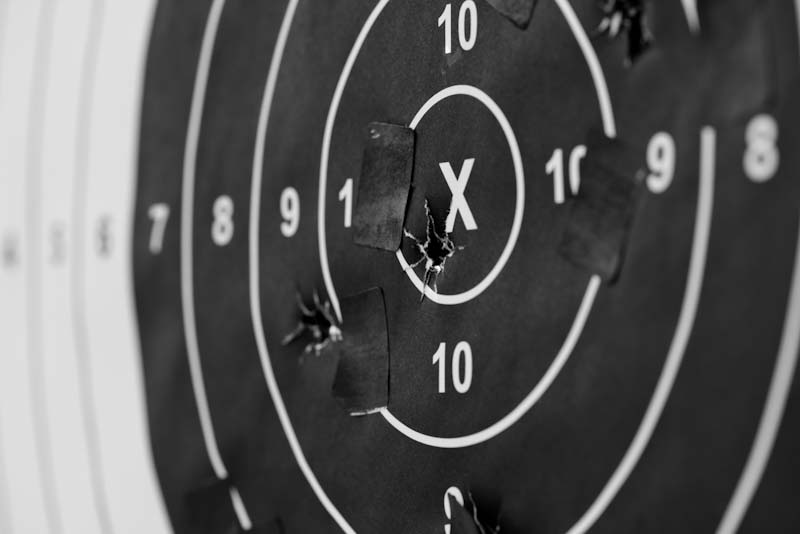


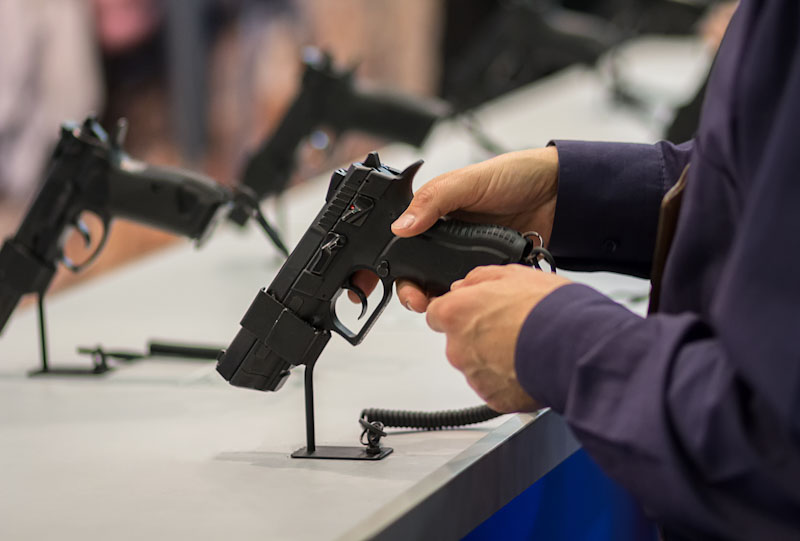
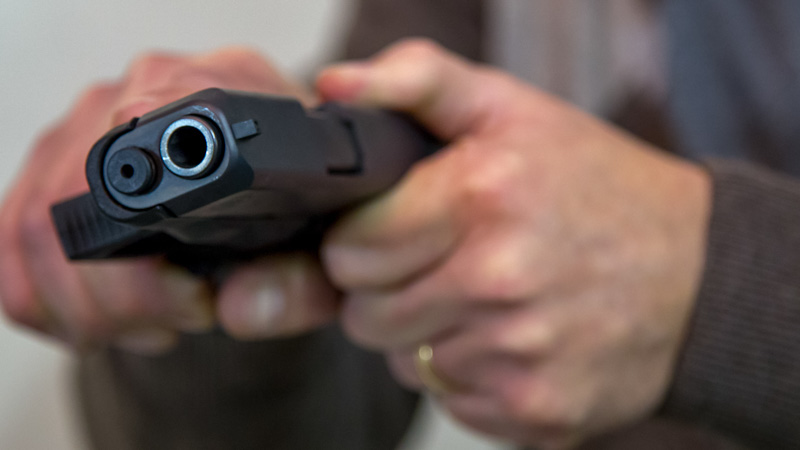
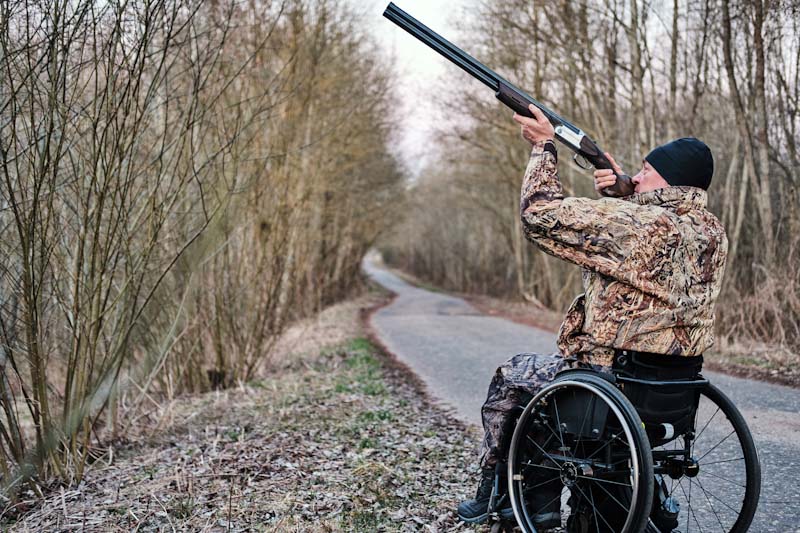
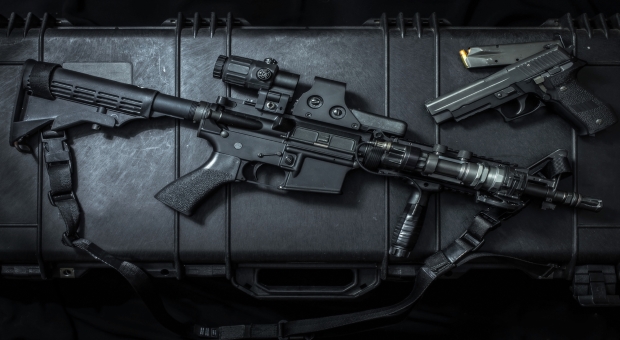

Doug's Boonie | May 31, 2023
|
Good Article – Fairly complete – I would like to add emphasis about cleanup.
In our relatively rural area, litter cost the availability of at least three sites which were open to everyone for years.
I personally picked up as much as a half pickup load of trash several times and hauled it to the dump – Angry as hell at the idiots.
Now there are very few places open and every time someone comments I say “litterbugs closed the sites.”
Doug
Helen | October 23, 2023
|
If you miss, it’s maybe because GOD wants you to miss! Everything is happening for a reason! REMEMBER THAT